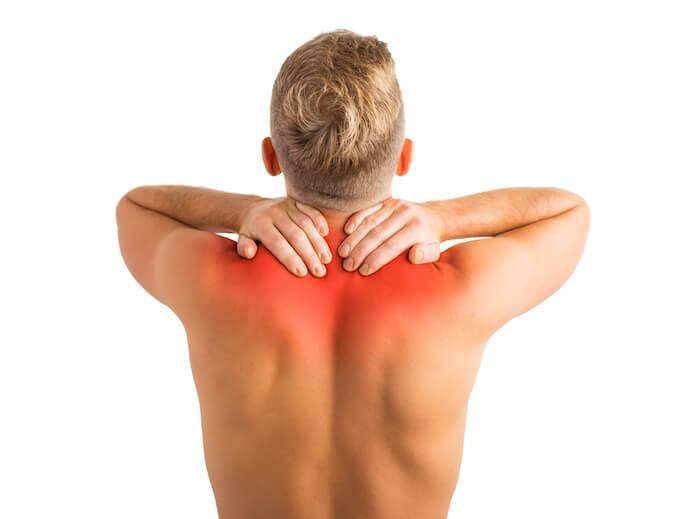
What To Do Immediately After A “Pulled Muscle”

What To Do Immediately After A “Pulled Muscle”
You pulled a muscle in your low back. You felt that familiar, sharp, shooting pain in the low back. More often than not, this can be an acute muscle strain or a "pulled muscle." What should you do? There is a variety of advice out there, but we’ve tried to make it easy here by answering some of the most frequently asked questions about what to do right after pulling a muscle.
Frequently Asked Questions (FAQs)
- Rest, stretch, or exercise?
If the sudden muscle strain occurred after a particular activity, rest a bit from that aggravating activity. Gentle stretching to the area can be beneficial, but the key is to keep it gentle. Avoid any prolonged sitting, bending, heavy lifting, twisting, or driving - all of which can make the pain worse. Giving the area of pain a rest, at least for the next 24 hours, will most likely be beneficial. Then, a gentle stretching and exercise program for mobility can be introduced to help decrease both the severity and duration of pain.
- Ice or heat?
If you have had an acute injury, it can be beneficial to avoid using heat for the first 2 days after the injury. Ice can usually be applied to the area of injury, assuming that there is no broken skin, for 20 minutes every 1 -2 hours. This does not have to be a special ice pack and can be just ice in a plastic bag. Intermittent icing can be helpful in reducing both pain and muscle spasms.
- How you prevent it from happening again?
Pulled muscles in the back need time to heal, but what can you do to prevent it from happening again? Incorporating a 10-minute gentle stretching exercise program into your daily routine can train tight muscles to become more flexible and less apt to injury. Also, it may be counterintuitive, but exercising your core muscles can help prevent low back pain by making your overall core stronger. Another way to prevent muscle strain or injury is to pay attention to your posture. This includes your posture while sleeping! The goal is a neutral spine. If you sleep on your back, try putting a pillow under your knees to force a bend in the knees. If you sleep on your side, try putting a pillow between the knees. These manuevers take the pressure off the spine and spinal muscles.
This blog entry was intended to provide answers to frequently asked questions about acute pulled muscles in the low back. Pulled muscles will usually resolve on their own. If you have had a sudden injury and feel that your pain is uncontrolled or does not show signs of resolving, please seek medical help as soon as possible.
If you experience low back pain or frequently pulled muscles, call Pain Medicine Group today for your personalized evaluation and treatment plan!
You Might Also Enjoy...


Regenerative Medicine for Joint Pain

Low Back Pain: The World’s Leading Cause of Disability and How Pain Medicine Group Can Help

Neck Pain: Finding Relief Beyond the Ache

What Are My Options If I Have Degenerative Disc Disease?



